

Postion: Home > Our Case > Welding Services >

 CATEGORIES
CATEGORIESOur sheet metal welding service offers high-precision solutions for diverse industries. With experienced welders, certified operators, and robotic welding stations, we ensure consistent quality for all welded parts—whether it's a simple weld or complex metal assembly.
We specialize in aluminum, carbon steel, stainless steel, and brass welding, providing both small-batch production and large-scale OEM runs. Our shop floor includes 5 robotic arms, multiple welding stations, and axis positioners, backed by on-site inspectors to ensure top-tier quality.
Whether you need a few prototypes or bulk production, we handle all custom sheet metal welding requests with care. Get fast response, precise welding, and scalable manufacturing solutions from our factory in China.
E-MAIL: info@hms1688.com
MIG welding uses a continuous wire electrode and a shielding gas to join metals. It's ideal for welding aluminum, steel, and stainless steel, offering high speed and quality with minimal spatter.
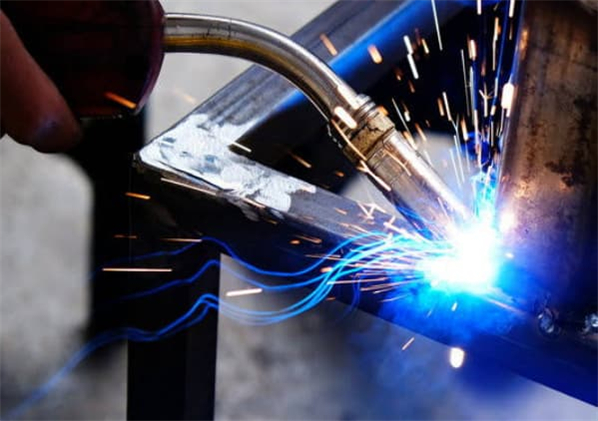
TIG welding uses a non-consumable tungsten electrode for precise and clean welds. It's perfect for thin gauge metals and non-ferrous materials like aluminum, titanium, and copper.
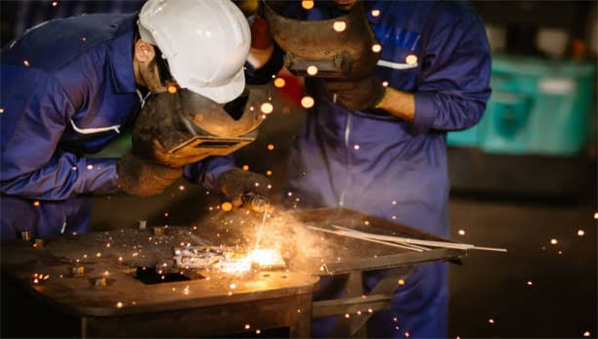
Stick welding is versatile and widely used for iron and steel. It uses a coated electrode that melts to form the weld joint and is ideal for structural and maintenance applications.
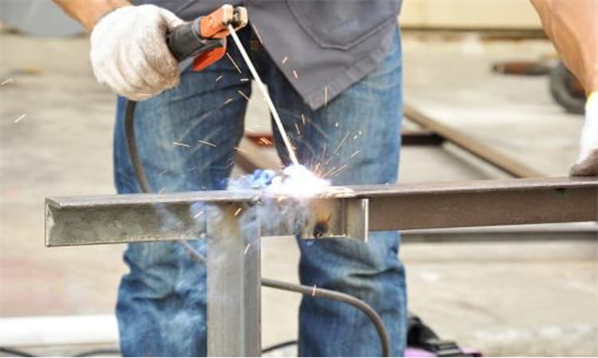
Plasma welding generates a high-density arc for precise and fast welds with minimal distortion. It's excellent for automation and high-strength requirements.
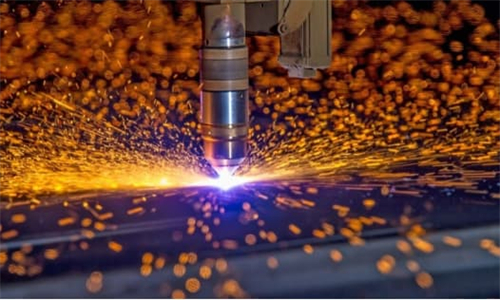
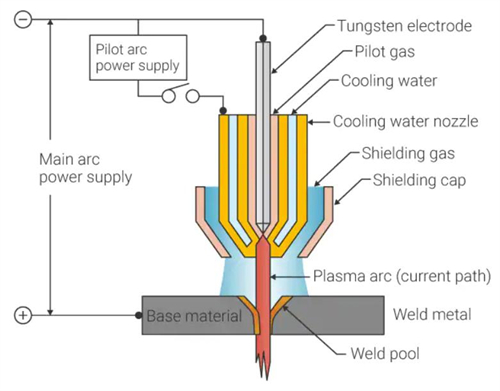
These advanced techniques offer pinpoint accuracy and are ideal for complex or micro welds. Laser welding is widely used in electronics, automotive, and aerospace due to its minimal distortion and clean finish.
A traditional method that uses a fuel gas and oxygen flame to melt and fuse metals. It's commonly used in HVAC repairs, tubing, and maintenance due to its portability and simplicity.
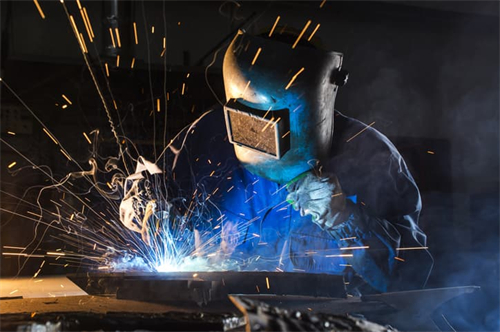

Contact us and just send us your drawing (SolidWorks,ProE,CAD,PDF,DXF...)
Links: Metal Stamping Services | Sheet Metal Fabrication Services | precision cnc machining and milling services | Metal Welding Services | metal Cutting Services | Metal Bending Service | Sheet Metal Enclosure Fabrication | Surface Finishing |